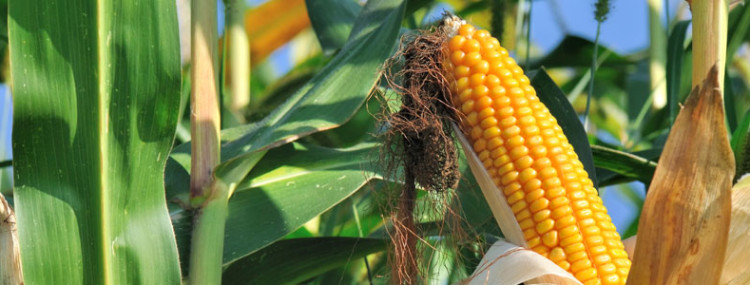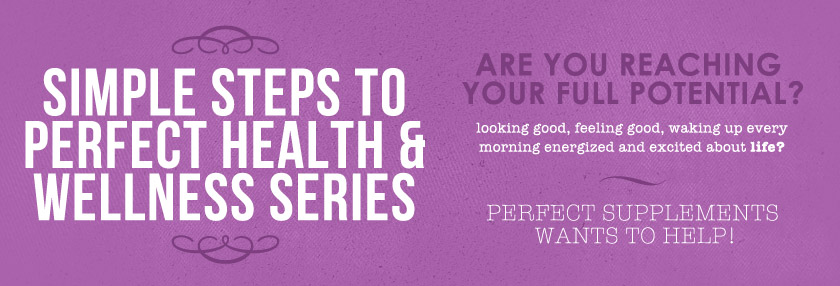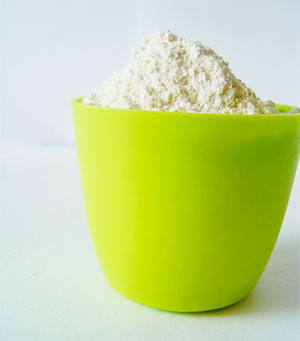
The 10 Worst Industrial Food Ingredients

2014 is going to be the year you take control of your health and feed your body what it needs to be healthy, radiant and bounding with energy. It all comes down to the simple choices you make throughout the day. With healthy decisions, feeling great and losing weight happen naturally.
In our Simple Steps to Perfect Health & Wellness Series, we will be presenting healthy lifestyle suggestions based on 20 years of personal research, to help you make informed choices that will have you feeling and looking terrific. The series will cover a variety of topics including diet, exercise, stress reduction, mental health, relationships, and more. We wish you a Perfectly Healthy New Year!
The 10 Worst Industrial Food Ingredients
As we discussed previously in this series, food is the fuel for your energy generating body. Our article, Eight Most Nourishing Foods ,will help you identify high quality whole food/fuel. This article will help you avoid the cheap, low quality ingredients that promote chronic illness.
In particular, there are two categories that we will explore. First, there are toxic chemicals manufactured in laboratories that have no business in our food whatsoever; chemicals are not food. Second, there are ingredients, derived from plants, that go through so many unnatural processes that they no longer provide any nutritional value/fuel.
Eating the ingredients on this list is the equivalent of putting non-fuel in your car’s gas tank; the car will not run properly, and eventually, the engine will stop working. Please, be good to yourself, you deserve nourishing food!
1. Sugar
This one is a no-brainer. The sugar you find in most grocery stores, and processed food, is squeezed, filtered, separated, and crystallized, from sugar cane or beets (GMO – read more below), until the finished “sugar” product contains only 10% sugar cane, and 0% nutritional value. Sugar hides in processed food ingredients with the following names; dextrose, sucrose, glucose, lactose, maltose, brown sugar (actually white sugar with molasses added for color). Try to replace sugar with natural alternatives, such as, raw local honey, maple syrup, Stevia, and dehydrated sugar cane.
2. High Fructose Corn Syrup (HFCS)
Very similar to sugar, but possibly worse; genetically modified enzymes are used to convert genetically modified corn into HFSC. Although more processed than sugar, it is cheaper due to government subsidies (check out Omnivore’s Dilemma for details). Just say no to HFSC; it is only in your food because it is cheap, not because it is good for you.
3. Most Vegetable Oils; Particularly Hydrogenated Oils – Corn Oil (GMO), Soy Oil (GMO), Cottonseed Oil (leftover from cotton production when did that become food?)
Once again, these plants are processed with high heat, high pressure, and chemicals, to produce a product that is devoid of nutrition, AND high in calories. This is not a good combination! Hydrogenation adds another layer of processing which turns the oil into a solid at room temperature, and creates trans-fatty-acids, which experts agree are extremely unhealthy, and should be avoided at all costs. Read about healthy oil options in our previous article, Most Nourishing Foods.
 4. White Flour and White Rice
4. White Flour and White Rice
Grains should be whole and brown; their nutritional value is drastically reduced when the bran and germ are removed to produce their white counterparts. To live our best lives, we need to reduce our consumption of empty calories, and fuel up on real, nourishing food.
5. Soy Protein Isolate, Soy Concentrate, Textured/Hydrolized Vegetable Protein
An industrial food waste product; soy (GMO) protein is a byproduct of soy oil. Processed with high heat, high pressure, and toxic chemicals, this is yet another cheap, non-food ingredient found in packaged food. Protein should come from whole food.
6. Artificial Food Coloring
Manufactured in laboratories; clearly this is not food, and many people are highly sensitive, including severe stomach distress.
7. Artificial Sweeteners
Many studies are showing that artificial sweeteners, such as Aspartame, may be toxic to humans. Read more about Aspartame as a Neurotoxin. For a natural, zero calorie sweetener, try Stevia.
8. Chemical Additives and Preservatives
Another no-brainer; toxic chemicals, such as sulfites, nitrates, BHA (probable carcinogen), maltodextrin, and carrageenan have no business in our food supply. These are easily avoided when you prepare your own food from whole foods… I will show you how in future articles in the series… yes, you can do it!
9. Genetically Modified Organisms (GMO’s)
This is such a big topic, we have to create a separate article to fully discuss it. Luckily, it is relatively easy to avoid GMO’s because they are in a limited number of ingredients. You can avoid those ingredients, or choose organic (no GMO’s allowed) or GMO Project Certified. We will give you the full list of GMO ingredients in an upcoming article.
10. Prescription and Over the Counter Drugs
I know this is a really complicated topic; of course you want to follow your doctor’s recommendations. I would just like to suggest that there are many alternative therapies that are far more gentle to your precious body, and don’t carry the dangerous side-effects of most drugs. And, a mounting body of research indicates that many of our ailments (diabetes, heart disease) could be cured by eating only nourishing food. Look for an excellent review of alternative therapies in a future article in this series.
It is SAD (Standard American Diet) that our food supply is polluted with so much non-food, non-nutritious junk. When we eat food that is non-nourishing, we never feel full, we crave more food, we eat more junk, and we get fat and sick. There is a reason why 2/3 of Americans are overweight, and heart disease, diabetes, and cancer is on the rise, and it is SAD!
Perhaps it feels daunting right now, thinking about drastically changing the way you eat, but you can do it! In the next article in the series I will offer suggestions to help you easily incorporate some of these healthy habits into your everyday life.
Resources – The Fateful Fork (book review)
Continue Reading Our Perfect Health & Wellness Series:
- Top Ten Simple Steps to Perfect Health & Wellness
- Eight Most Nourishing Foods – Premium Fuel for Your Amazing Life
- Top Tips For Healthy Eating, Check Your Perfection At The Door
- The #1 Habit to Improve the Quality of Your Food
- 4 Simple Steps to Avoid GMOs
- 10 Toxic Chemicals in Your Environment That Can Make You Sick
- Do NOT Exercise for Weight Loss
- What’s Your Style? A Review of 8 Exercise Routines
- Shattering Exercise Myths With Fitness Expert Shawn Stevenson
- Are Cold Breakfast Cereals Poisonous? 5 Simple Whole Food Breakfast Recipes
- Drop the Junk Food: 10 Quick & Satisfying Whole Food Snack Ideas
- Yes, You Can Cook From Scratch! 8 Simple, Family Favorite Dinners

Comments are disabled for this post